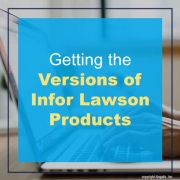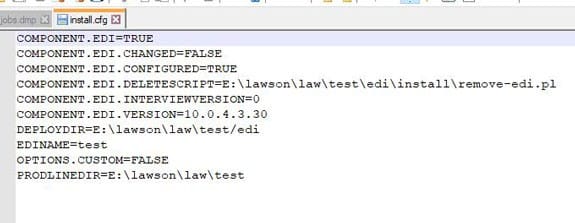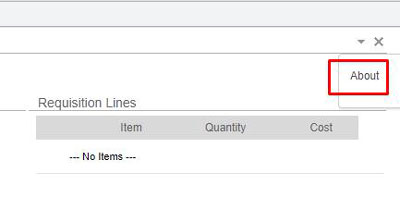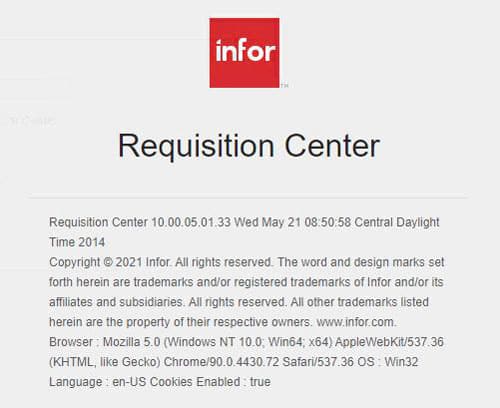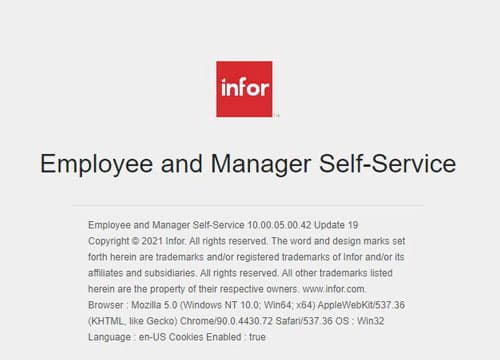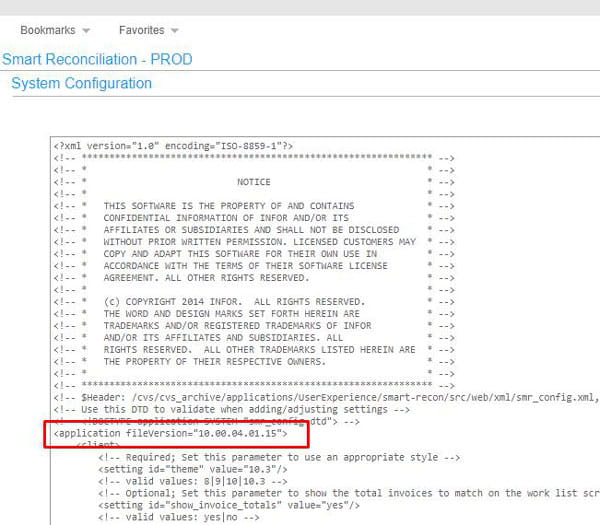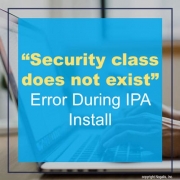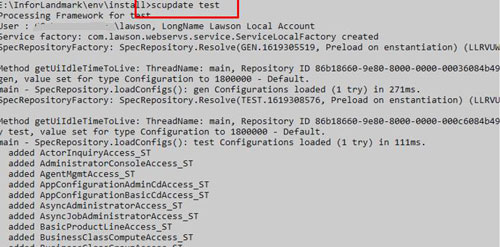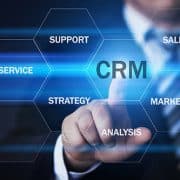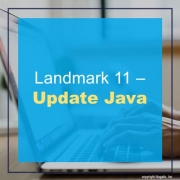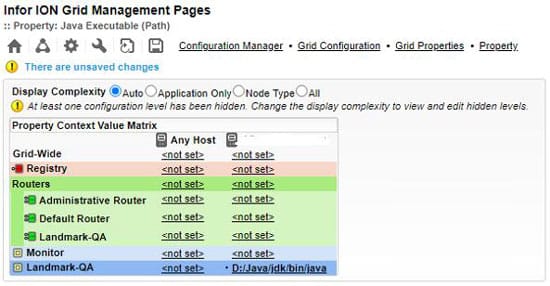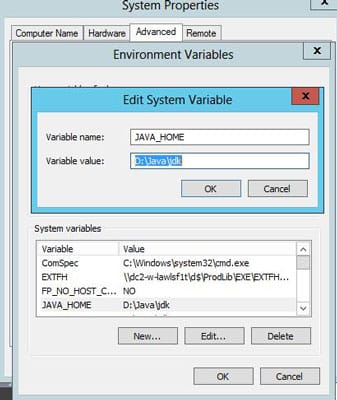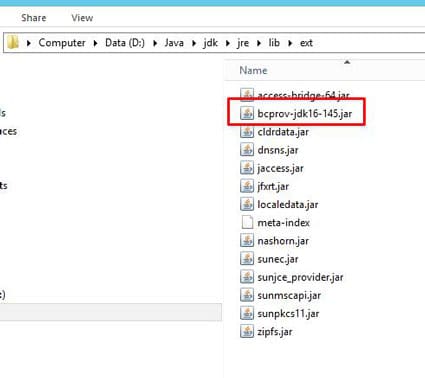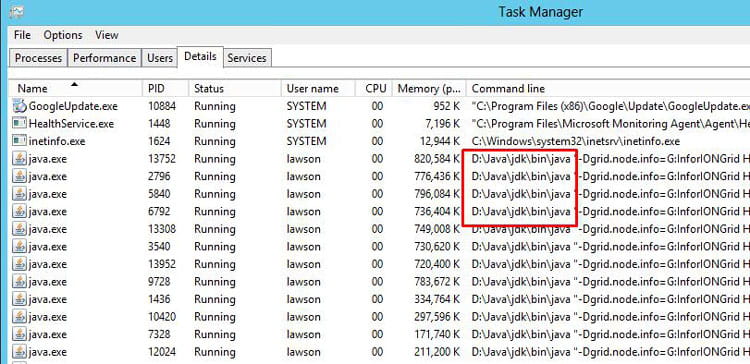Infor has had significant success and momentum for its cloud-based interoperability solutions. Leading organizations across the globe continue to choose Infor applications to improve healthcare outcomes and business operations. Some notable groups that have partnered with the tech giant in recent months are Hermes Pardini Group, Penn Highlands Healthcare, and Sentara Healthcare. Per the press release, Infor focuses on delivering end-to-end functionality in the cloud, providing healthcare organizations with the tools to solve complex interoperability challenges securely and at scale, while using the latest standards (including HL7® FHIR® Fast Healthcare Interoperability Resources). In the past 12 months, Infor has made significant product updates in the Cloverleaf Cloud solution set, including feature and maintenance releases for Cloverleaf, Global Monitor, FHIR Bridge, and Cloverleaf Consolidator. This also includes the recent general availability of Infor Clinical Bridge multi-tenant (MT), the first Infor product to use AWS Lambda in the Serverless Framework, which provides the cloud logic layer for Infor’s Clinical Bridge application, which offers the ability to connect clinical and business systems with prebuilt adapters. Further, Infor’s services are focused on interoperability between the electronic health record’s (EHR’s) clinical domain, such as Epic or Cerner, with Infor Healthcare’s business domain (Infor Financial and Supply Chain Management). Continuing the momentum in the third quarter of 2021, Infor plans to release its FHIR Server solution.




